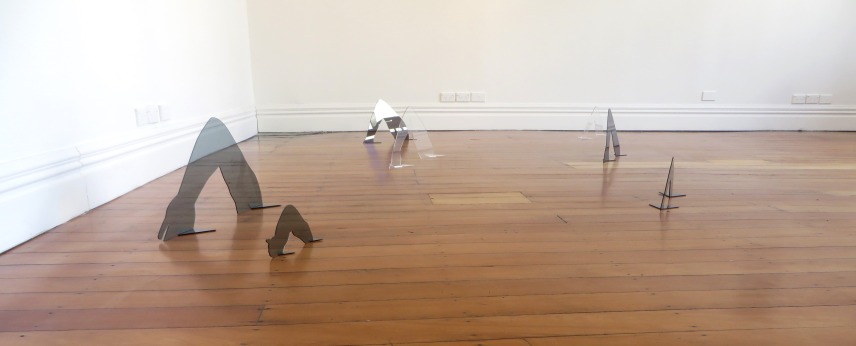Fiji Forever
Whilst I was in Suva last month, project managing / co-curating The Veiqia Project and the important process of embedding and grounding the project in Fiji, I started to tune into how many people were asking for meaning, as in digestible translations of the visual vocabulary of Fijian qia or tattoo markings.
The Veiqia Project is a creative research project that has engaged seven Fijian artists to uncover, encounter and respond to the practice of Fijian female tattooing through museum visits, dialogue and literature. Four of the seven artists were able to travel to Fiji to undertake research, talks and meetings and spend time with Melanesian tatu practitioner Julia Mage’au Gray (Papua New Guinea – Australia), who has been researching and reviving tatu practice from Central Province, Papua New Guinea, and developing understanding of its wider relationship to tattoo practice across Oceania.
We came across some fascinating illustrations of qia motifs and designs in the Fiji Museum library. They were recorded in the late 1800s and said to be from the province of Ra. Whilst some notes were made on what the motifs represented (from the perspective of the non-Fijian author), it feels as if meaning associated with this visual language is not something we will ever fully understand.
The artists are working hard, excavating the social, cultural, artistic contexts of the practice of veiqia / Fijian tattooing. And it’s here, meaning is made; they will each interpret their experience of uncovering knowledge about our cultural heritage as Fijian women into new work, and it’s hoped that the exhibition will tour, evolving to include more Fijian artists and communities.
I was tattooed over the weekend by Julia in Auckland at Big Willie Legacy Barber & Tattoo Studio. She marked both my arms and hands with qia motifs and symbols we encountered in Fiji. For me, the meaning of these marks is related to revival and memory, Fijian art history and the power and prestige of an artform reserved exclusively for women and girls. These tattoos are part of my identity as a Fijian woman, as an artist, as a Melanesian. The meaning of my marks in 2015 is mine; they sit between you and me, perception and reality, art and context…
I woke up yesterday thinking, of all my tattoos, these are my most important marks. They challenge ideas about beauty and aesthetics, history and colonisation, gender and power; they visualise my position, and galvanise my love and loyalty for Fiji.
























